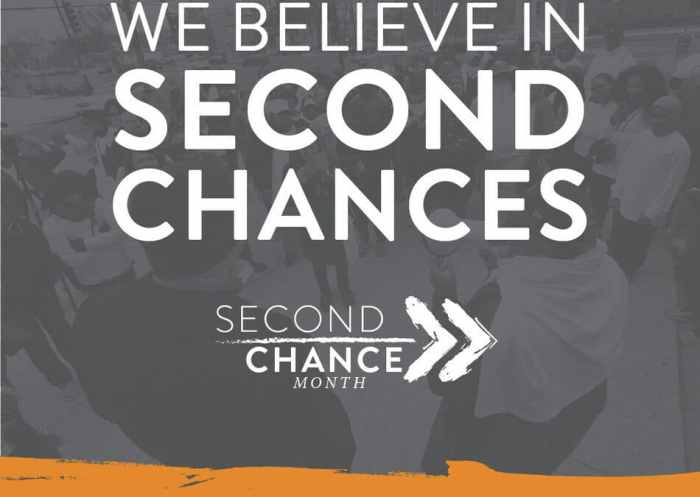The Second Chance Act Community-Based Reentry Program, a cornerstone in the realm of criminal justice reform, stands as a beacon of hope for individuals seeking to reintegrate into society after incarceration. This program, designed with a holistic approach, recognizes the challenges faced by returning citizens and aims to provide them with the tools and support they need to rebuild their lives and become productive members of their communities.
With a focus on rehabilitation, reentry programs strive to break the cycle of recidivism by addressing the root causes of criminal behavior. They offer a comprehensive array of services, including housing assistance, job training, substance abuse treatment, and mentorship programs, tailored to the specific needs of each individual.
Introduction
The Second Chance Act (SCA) is a federal legislation enacted in 2008 that aims to reduce recidivism and improve public safety by providing funding and support for community-based reentry programs.
Community-based reentry programs are designed to provide comprehensive services and support to individuals reentering society from incarceration. These programs focus on addressing the unique needs and challenges faced by returning citizens, such as finding employment, housing, and healthcare.
Program Objectives
The goals of SCA community-based reentry programs are to:
- Reduce recidivism rates
- Improve public safety
- Promote successful reintegration into society
- Address the underlying causes of crime
Program Components

Key components of SCA community-based reentry programs include:
- Case management
- Job training and placement
- Housing assistance
- Substance abuse treatment
- Mental health services
- Education and vocational training
These components work together to provide a holistic approach to reentry, addressing the multiple challenges faced by individuals returning from prison.
Target Population

The target population of SCA community-based reentry programs is individuals who are returning to their communities from incarceration. This includes individuals who have been released from prison, jail, or other correctional facilities.
Returning citizens often face significant challenges, including:
- Unemployment and underemployment
- Homelessness
- Substance abuse
- Mental health issues
- Limited education and job skills
Program Evaluation: Second Chance Act Community-based Reentry Program
Evaluating the effectiveness of SCA community-based reentry programs is crucial for ensuring that they are achieving their intended goals.
Common evaluation methods include:
- Recidivism rates
- Employment outcomes
- Housing stability
- Substance abuse treatment completion rates
- Mental health outcomes
Success Stories
![]()
There are numerous success stories of individuals who have benefited from SCA community-based reentry programs.
For example, a study by the Vera Institute of Justice found that participants in a community-based reentry program had a 25% lower recidivism rate than those who did not participate in the program.
Challenges and Opportunities

SCA community-based reentry programs face a number of challenges, including:
- Funding limitations
- Stigma and discrimination
- Lack of affordable housing
- Limited job opportunities
Despite these challenges, SCA community-based reentry programs have the potential to make a significant impact on the lives of returning citizens and their communities.
Top FAQs
What is the target population for Second Chance Act Community-Based Reentry Programs?
The target population for these programs includes individuals who are returning to their communities after incarceration, as well as those at risk of incarceration.
What are the key components of Second Chance Act Community-Based Reentry Programs?
Key components include housing assistance, job training, substance abuse treatment, mentorship programs, and case management.
How are Second Chance Act Community-Based Reentry Programs evaluated?
These programs are evaluated based on their ability to reduce recidivism, improve employment outcomes, and enhance overall well-being.